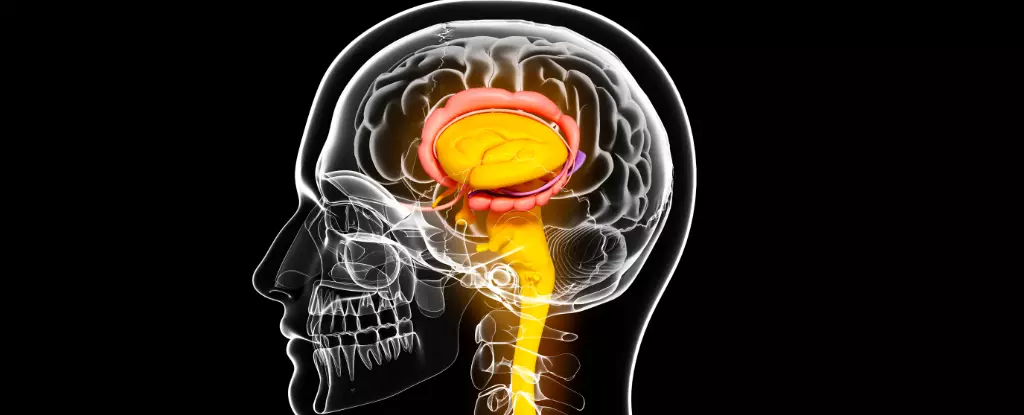The human brain is often perceived through the lens of its impressive cerebral cortex, where higher-order functions such as reasoning and decision-making occur. However, lurking beneath this prominent layer are subcortical structures that play pivotal roles in foundational functions like emotion regulation, attention, motor skills, and learning processes. These regions, frequently overlooked, may also carry significant weight in the manifestation of numerous neurological disorders. Researchers are now focusing on these ‘deep-brain’ areas to uncover the connection between their genetic underpinnings and various mental health conditions.
A monumental study involving an extensive array of researchers has put forth vital insights linking genetic variations to the structure and function of subcortical regions in the brain. Specifically, an international team comprising 189 experts analyzed genetic data from 74,898 participants across 19 countries. This collaboration highlights how scientific inquiry knows no borders, marking a remarkable effort to advance our understanding of the brain’s architecture.
The findings revolve around 254 genetic variants significantly associated with the volume of specific subcortical structures, such as the amygdala, the hippocampus, and the thalamus. Paul M. Thompson, a leading neuroscientist from the University of Southern California, emphasizes the importance of this research, describing it as a gateway to unraveling the genetic foundation of brain disorders. By employing a genome-wide association study (GWAS), the research team efficiently pinpointed the genetic markers that contribute to observed variations in brain volume, clarifying a complex relationship that continues to challenge scientists.
Emerging from this extensive investigation are correlations indicating that these genetic variants may play a critical role in prominent neurological disorders, including schizophrenia, ADHD, and Parkinson’s disease. The outcomes suggest that a variation in the volume of subcortical structures can adversely affect a person’s predisposition to these conditions. For instance, the study found genetic overlaps between eight specific subcortical volumes and Parkinson’s disease, and connections with ADHD were noted as well. This understanding could pave the way for novel approaches in diagnosing and treating these disorders.
Miguel Rentería, an associate professor and principal investigator, emphasizes the research’s significance, asserting that it lays the groundwork for better therapeutic strategies aimed at mental health conditions. There is a pressing need for more comprehensive studies to explore these connections further, aiming to build a clearer picture of how genetic variations may sow the seeds for these debilitating disorders.
The scale of this research was made possible by the Enhancing Neuro Imaging Genetics through Meta-Analysis (ENIGMA), an initiative facilitating collaboration among over 1,000 research laboratories in 45 countries. This expansive framework promotes the sharing of data and resources, significantly enriching global neuroscientific research. The commitment to this collaborative ethos lays a robust foundation for future inquiries into the genetic essence of subcortical brain structures and their implications for brain health.
By locating where genetic influences act within the brain, the paper provides a trailhead for subsequent inquiries into the biological mechanisms at play in brain disorder development. As researchers delve deeper into the genetic factors affecting brain structure, they may unlock critical insights that continue to elude us, forming a more comprehensive understanding of the foundations of neurological diseases.
The Road Ahead
While this pioneering study sets a precedent in understanding how genetics can shape brain structure, it simultaneously highlights the vast uncharted territories still left to explore. Future investigations will aim to verify the links proposed and dive deeper into how these genetic variants manifest in terms of behavioral outcomes and clinical symptoms.
Ultimately, as we decode the genetic language of our subcortical structures, we inch closer to elucidating the complexities of brain disorders. The goal is to pave the way for innovative therapeutic approaches, ensuring that this research assists not just in academic enlightenment but also in tangible benefits to public health and individual well-being.


Leave a Reply